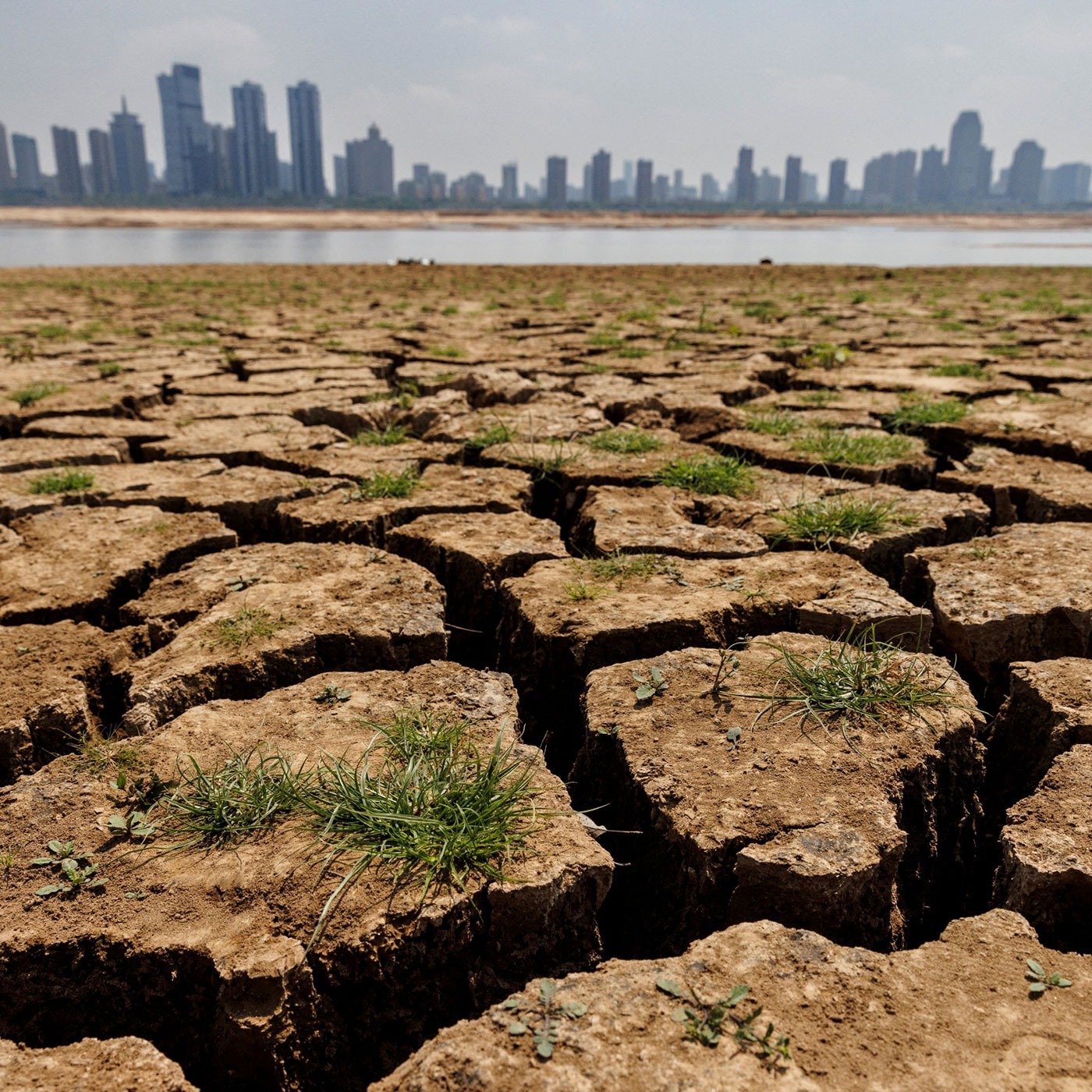01. Definition
Solutions to water scarcity
Tackling Water Scarcity: Understanding the Challenges and Solutions
Water scarcity is not just an environmental issue; it’s a global crisis impacting millions of lives daily. As the demand for water continues to outstrip supply, the effects are being felt from the smallest communities to the largest cities. It’s a challenge.



02. Causes
The Root Causes of Water Scarcity
- Climate Change: Altered weather patterns, reduced glacial runoff, and more frequent droughts are making water less predictable and harder to manage.
- Growing Population: As the global population swells, so too does the demand for water, putting immense pressure on already stressed resources.
- Inefficient Water Management: Poorly managed water systems, from leaky infrastructure to wasteful agricultural practices, exacerbate the scarcity problem.
- Pollution: Contaminated water sources further limit the availability of safe drinking water, adding another layer of complexity to the issue.

03. Impacts
The Far-Reaching Impacts
- Health Risks: Without access to clean water, diseases like cholera and typhoid thrive, particularly in regions already struggling with poverty.
- Threat to Food Security:Agriculture, which consumes the majority of the world’s freshwater, is hit hard by water shortages, leading to reduced crop yields and higher food prices.
- Economic Disruption: Industries reliant on water face production challenges, potentially leading to job losses and economic instability.
- Social and Political Tensions: When water is scarce, competition can lead to conflicts, both within and between nations.

04. Solutions
Water scarcity solutions
05. Implementations
Success Stories

Turnkey vertical farms by Futura Gaïa implemented by Les Halles Mandar in Tarascon (France) in 2021

From the Ground to the Cloud by RAINCATCHER implemented by TİGEM in Konya (Turkey) in 2025

From the Ground to the Cloud by RAINCATCHER implemented by Mistikoğlu Tarım Farm in Hatay (Turkey) in 2025

BuntBrain by BuntPlanet implemented by FACSA in Borriana (Spain) in 2019

CUBàO by Quadrilater implemented by Buros town hall in Gelos (France) in 2023

CUBàO by Quadrilater implemented by Lagor town hall in Lagor (France) in 2022

CUBàO by Quadrilater implemented by Pyrénées-Atlantiques Departmental Council in Gourette (France) in 2022

CUBàO by Quadrilater implemented by Buros town hall in Buros (France) in 2024

Water Powered Piston Technology by Dosatron implemented by WATALUX SA in Pabré (Burkina Faso) in 2019

LM INNOVATION technology by LM Innovation implemented by Astredhor Sud Ouest - France in Bordeaux (France) in 2023

Sunlight Pump by ennos implemented by Pyflor farm in Valle de Ángeles (Honduras) in 2017

Waterless Urinal by URIMAT Schweiz AG implemented by McDonald's in Zurich (Switzerland) in 2002

OASIS: Multimodal Hydroactive System by Le Prieuré Vegetal i.D. implemented by L'École nationale supérieure d'art et de design in Nancy (France) in 2015

VG Holz by Demet'Air implemented by Toulouse Métropole in Toulouse (France) in 2019

WaterFlush by EcoNeves implemented by Hôpital Necker Paris in Paris (France) in 2018

AQS Aquarius Spectrum by AQS (Aquarius Spectrum) implemented by A2A Ciclo Idrico in Brescia (Italy) in 2020

06. Challenges
Overcoming the Challenges
- Financial Barriers: Many regions struggle with the funding needed to upgrade water infrastructure and implement new technologies.
- Political Hurdles: Effective water management requires strong political will, which can be hard to come by in areas of instability.
- Cultural Resistance: Sometimes, traditional practices and beliefs can slow the adoption of new water-saving technologies.
- Unpredictable Climate: As climate patterns continue to shift, planning for water management becomes increasingly complex.

07. Conclusion







